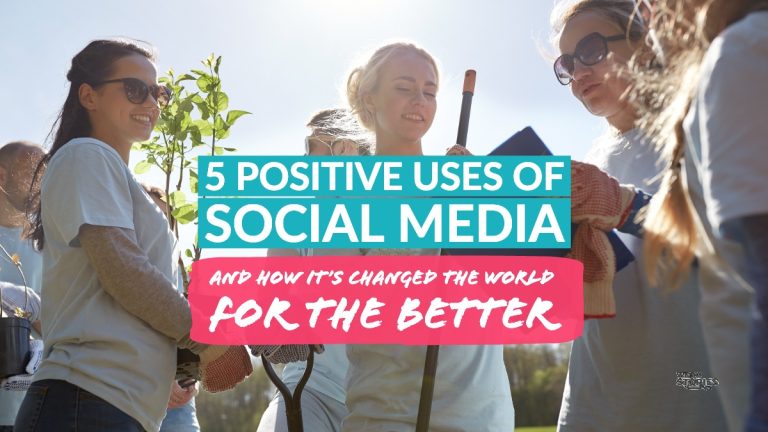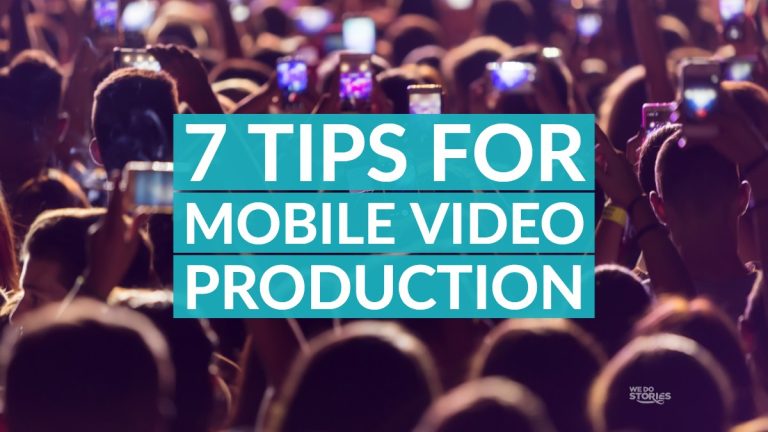This is the second part of a series of four articles looking at what is SEO and helping you navigate the valuable but sometimes confusing world of SEO in our SEO Guides. In this first part, we’re going to focus on On-Page SEO.
What is SEO?
In a previous blog, we looked at what is SEO and how it can be helpful in amplifying the organic reach of your website. We apply this by developing a site and its content so that it’s attractive to both humans and search engines. Google’s mission statement is to ‘organise the world’s information and make it universally accessible and useful’. Therefore at its very core, Google relies on clear information being provided, so that it can categorise it accordingly. Information that’s more attractive to its algorithms will rank higher in its search results.
In this first part of our ‘Beginner’s guide to SEO’ series, we’re going to explore the world of On-Page SEO. This includes a quick introduction to what it is and why it can help, and also includes a few hints and tips on things that you can do to improve your On-Page SEO. The aim of this is to encourage your website to work smarter for you and work well with the search engine algorithms. This increases your visibility as a brand and your chances of more people knowing about you and what you do.
On-Page SEO
As the name suggests, On-Page SEO covers everything you do on each page of your site. As well as the overall Domain Authority, Google also has a view on each of your pages individually. This is called your “Page Authority”.
Do
- Provide useful content
- Ensure your content is relevant
Don’t
- Cram one page with everything you do
- Post an unbroken wall of text
Page Authority
This is the score that a search engine gives individual pages concerning relevance to the search terms. A strong page authority will raise your chances of your content being ranked. A site with many pages with effective authority raises your chances of ranking well for the overall site too.
Page authority in Google is ranked from 1 to 100, but it’s more of a relative score. As Google scans and re-scans the pages available on the web, the score can fluctuate over time. So a better way to measure this than the raw score is through comparison with other pages.
It’s easier to rank up from, for example, 20 to 30 than it is from 70 to 80. So a page with a rank of 40 may still be a strong page. Especially if your competitors rank below you. Google wants the same assurances that your page is a good place to send its users.
Provide Content of Value
How will you keep those users on the page? What makes a user want to link to your page? This is made possible if you provide content of value.
For your content to be seen as valuable, it must fulfil the demand of the search and be linkable. Once a user lands on your page, they will want to find useful information that’s relevant to their search. If they like your content, and the site is comfortable to read and responsive, they are more likely to share it for you.
Minimise distractions
Don’t distract a user from your content. Too many flashing banners and a lousy layout will make even the best content hard to read.
The content itself needs to be well structured. Easy to navigate. Easy to read and understand. And above all useful. People like to read a text in small chunks with subheadings to guide them. They also engage more with a site if it has the occasional relevant picture breaking up the text.
Humans are visual thinkers. No one will stick around to read a bland wall of text. Especially not if it’s all in one continuous block. Too much text without images to illustrate can put people off the content, as can repetition and words for the sake of increasing a word count.
Not too little
It’s also unwise to go to the other extreme. A page with two or three lines of text on it is not that useful to anyone (unless it’s next weeks lottery numbers) and will take seconds to read. This is likely to be seen by Google an error page (404 not found) as all the metrics for that page will say that people don’t stick around. In fact, anything less than approximately 300 words risks harming that page’s authority
This means that it’s important to think about your user experience and you design your page – does the writing have value to the audience? Are their images and an attractive design that can help to increase the overall value to the audience too?
Be Relevant
If people aren’t getting what they asked for, your authority will drop. For example, if a user searches for “best digital camera” they want a review of a range of cameras with pros and cons. If they land on your page that briefly mentions cameras before heading into a gallery of your photos you probably have the wrong SEO for that topic. Your content must be relevant to the search.
Make sure what you provide in terms of content, and what you promote your page as match each other (see more on keywords and meta tags below). Gear your page towards answering a particular search and promote it like that. This is true for any subject. If you try to include too many messages in one page, it can lead to confusion for both the search engine and also the audience.
Utilise Keywords
Another helpful tip to help you On-Page SEO is to utilise keywords. By planning each page around a carefully researched keyword, you can increase your opportunity to appeal to the audience that you’re looking for. By having a keyword in mind for a page, it means that you’re writing with some specific searches in mind. To define your keywords, it’s imperative to think about your audience and existing analytics– what are your audience looking for? What are the most commonly searched for terms? What are your competitors using? Keyword research can be quite an art.
It’s worth noting that you may also hear the phrase ‘keyword stuffing’. This is an old practice that is very much frowned upon by the search engines. Keyword stuffing was the practice of filling a page with relevant keywords, pretty much at the expense of everything else. Now the algorithms have changed and “content of value” is vital. This means, that even if you have the right target keywords, what you write has to make sense and be attractive to the audience.
URL Strings – Being linkable is being likeable
The more your pages are shared and linked to, the better the authority they will have.
Keep it simple
A simple URL can make all the difference. Studies have shown that every folder you add to a URL lessens your chances of it being shared. Readability is essential for your customers. It’s also important for Google.
If you can tell from the URL itself what it is linking to your sharers won’t be wondering what the page is before they click the link. Keep the links short, concise and easily readable. Eliminate odd characters, numbers, and symbols. Use your keyword in your link but make sure it’s natural. Don’t shoehorn words in forced together just because they are keywords. It’s good practice to separate words with a hyphen ( – ), not an underscore ( _ ).
Readable and Memorable
Short, readable links are useful for On-Page SEO too. They are much easier to edit and make site reordering simple.
For example, you are an expert in making jam, and this is where your article can be found:
https://www.yoursite.com/folder/subfolder/jammake01.html
Are you going to remember that easily? Can you expect your readers to? It isn’t easy to read.
How about this:
https://yoursite.com/how-to-make-jam.html
Heading Tags
Heading Tags are a two for one field in On-Page SEO. Breaking your page up with heading tags will make it more readable. You should only include one h1 tag on your page (that’s per page, not per site). It should contain your keyword and be unique on your site. Separate sections of your page with multiple h2 and h3 tags. This breaks the content into readable chunks and provides anchor points if you want to link to sections in your page. They will also improve your SEO.
Remember, the search engines need to read and understand your page too. A well laid out page with clear sections will be preferred over a solid block of text.
Meta Tags
Meta tags are snippets of text that describe the content of your page. They have decreased in importance with recent Google updates, but they are still worth mentioning. The three most common ones here that have the most significant impact.
- Title Tags
- Meta Descriptions
- Meta Keywords
Title Tags
The title tag is what sets the title of your page according to the search engines. It will look to your title tag and decide that is the title of the page.
If your title is over 70 characters, it will be shortened with an ellipsis ‘( … )’ in the search result. If you keep your title to less than 70 characters, the title of your page will be clearer. Be descriptive but concise. Google will want to see that it accurately represents the page. Include your keyword in the title and on the page.
Meta Descriptions
This is where you put a brief description of the content of your page. A search result will show your title. It may show this description.
May? Google sometimes chooses to display an excerpt from the content instead. They have, therefore, stated that Meta Descriptions won’t affect your rankings. It’s still important though. It will explain to the Google algorithm what your page is about.
Meta Keywords
Meta keywords will now barely help you in On-Page SEO, if at all. But, it is important to know their history. Meta keywords are words contained by a specific meta tag in your page code that your end reader will not see. It’s worth noting that ‘meta keywords’ are not the same thing as ‘keywords’.
The trouble with them is they were far too easy to abuse. People would “keyword stuff” this tag with every word they could think of trying to get every search on the web to end up at their site. This annoyed Google. They started by penalising the pages that abused this field. They ended up ignoring this field altogether. Yahoo also doesn’t use them any more. Bing uses them…as a spam signal. Overall it’s safer not to use them.
On-Page SEO – Conclusion
For effective On-Page SEO, you need to keep both types of reader in mind. The potential customer and the search engine. Both want a well laid out easy read. Both want the page to be relevant to the search terms used. The customer wants a satisfying experience. The search engine wants the confidence that your site provides just that.
If you have any questions about this, please do speak to one of our team to find out more. Our next instalment of the Beginner’s Guide to SEO will cover the arena of Off-Page SEO.






